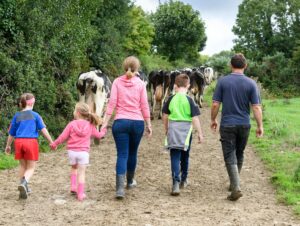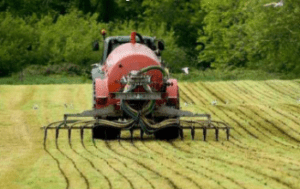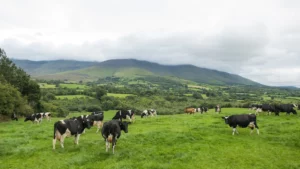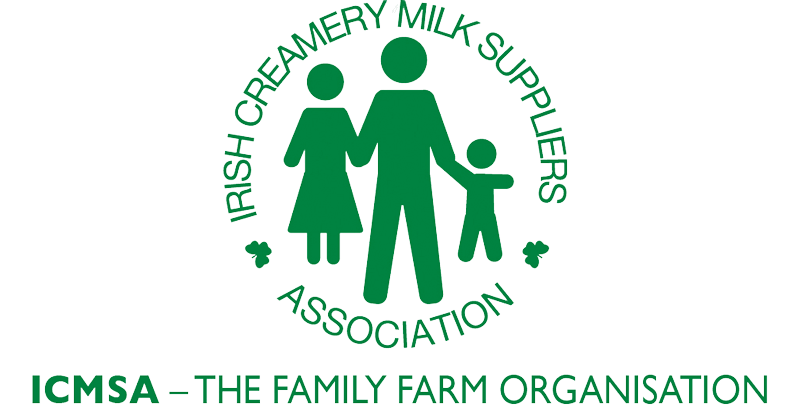
Planning & Taxes
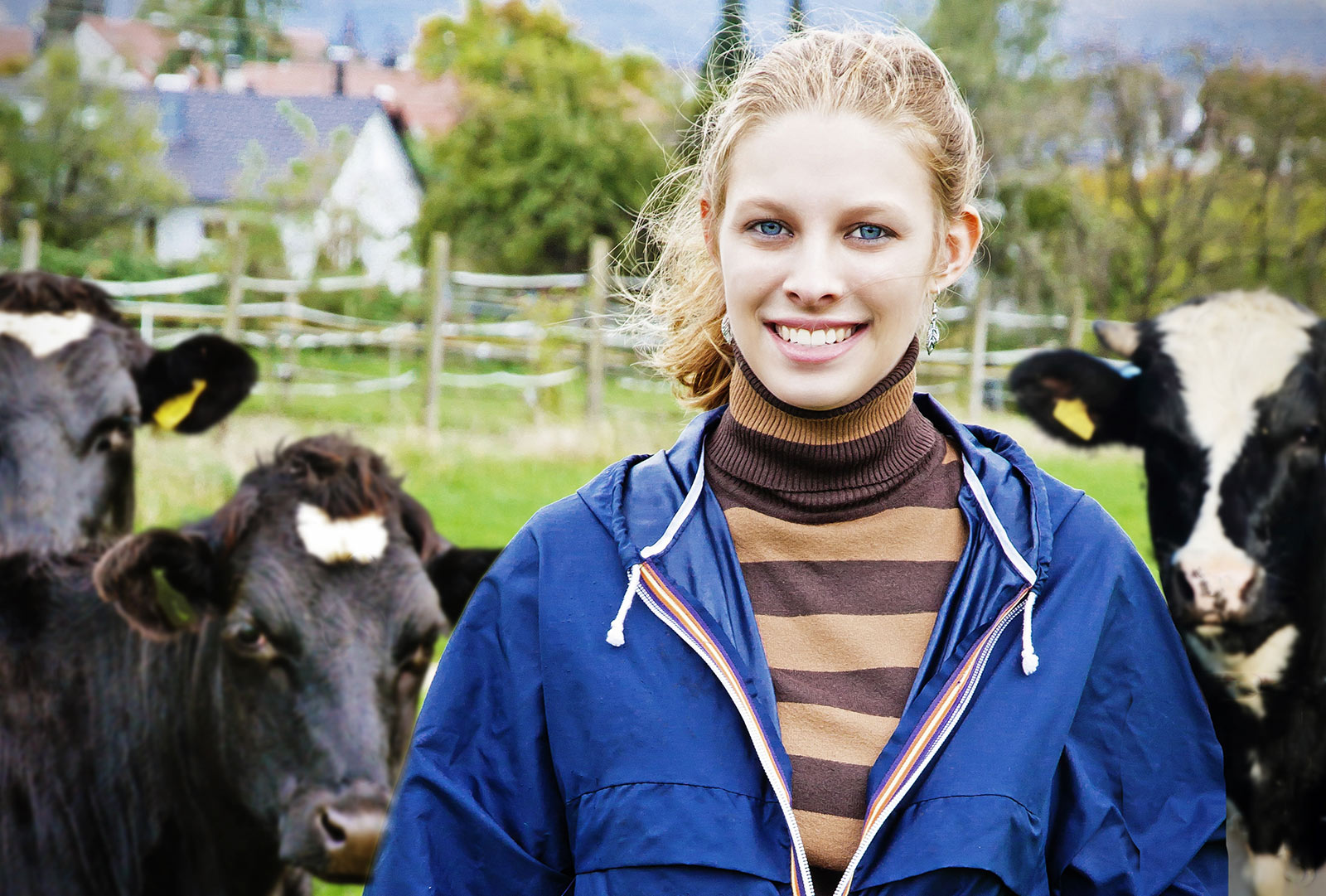
Succession planning
Every family and farm transfer is unique. However, there is some advice that is applicable to all families. Here are some tips on how to implement a successful succession plan to ensure that the transition takes place smoothly.
- Early planning is essential.
- Make a will or review your existing will.
- Make appointments with professionals as early as possible, such as your accountant and solicitor.
- Involve all your children in the transfer process and communicate to them the final plan for distribution and transfer of assets.
- Be aware of the five-year ‘look back’ rule in relation to applying for State support from the Health Service Executive in relation to the Fair Deal Scheme.
- Decide on a date that the succession plan will be implemented.
- Consideration should also be given to forming a partnership with the proposed successor.
- Discuss the tax implications with a tax consultant before you put any pen to paper. Ensure you know how much it will cost you.
- Do address the issue of fair (equitable) versus equal division of the farm early in the process, especially if there are off-farm family members involved.
Sucession Taxes
Capital Gains Tax (CGT) and Capital Acquisitions Tax (CAT) are are briefly dealt with below For stamp Duty, please click below for more details
Capital Gains Tax (CGT)
Capital Gains Tax (CGT) is a tax payable by the owner on the transfer of property. As the transaction is typically between connected parties, the tax is calculated using the market value of the property at the time of transfer.
CGT is charged on the increase in the value of the property from when it was acquired to when it is transferred. This increase in value is the capital gain. The tax on this gain is calculated at a rate of 33pc (33%) of the gain. Losses from the disposal or extinguishment of other capital assets can used to offset this gain.
The transfer of the farm may qualify for what is called Retirement Relief from CGT. In order to qualify for Retirement Relief the owner must be over the age of 55, have owned the land for more than 10 years and have used this land for the farm trade for at least 10 years.
In order to encourage the earlier transfer of the farm, the terms of the relief are more favourable to someone aged under 66 years of age. If the conditions are met, there may be no CGT arising on the transfer. The farm must be held by the succession for at least six years after the transfer.
It should be noted that while machinery is subject to CGT, there is normally no gain and thus no tax liability. The transfer of stock is outside the scope of CGT.
Capital Acquisitions Tax (CAT)
Capital Acquisitions Tax (CAT) is a tax payable by the recipient of a gift or inheritance and is often referred to as gift or inheritance tax.
Firstly, in calculating CAT, there is a tax-free threshold available to beneficiaries. The applicable threshold depends in most cases on the blood relationship between the transferor and the recipient.
Children currently have a tax-free threshold of €310,000 when taking benefits from their parents. Nieces and nephews have a current tax-free threshold of €32,500. A ‘favourite niece or nephew’ may benefit from the tax- free threshold applicable between parent and child rather than the standard niece/nephew threshold of €32,500 subject to certain qualifying conditions.
To qualify as a favourite niece or nephew, they must have worked on the farm for at least five years before the transfer, for a minimum of 15 hours a week if the farmer has no other employees, and a minimum of 24 hours a week where there is other employees.
The tax-free thresholds are reduced by the total value of previous gifts or inheritances received since December 5, 1991. The value of any gift or inheritance taken over and above the remaining tax-free threshold will be liable to CAT at 33pc. The market value of all farm assets are taken into account for CAT.
Agricultural Relief reduces the market value of Agricultural Property by 90pc to give a CAT taxable value of only 10pc of the market value. To qualify for the relief the beneficiary must pass what is commonly known as ‘the farmer test’.
The farmer test firstly requires that the beneficiary’s assets (including the gift or inheritance being received) are comprised of at least 80pc agricultural assets.
Secondly, the beneficiary must qualify as an active farmer and must continue to do so for a period of six years after the gift/inheritance. Alternatively, the land can be let to someone who qualifies as an active farmer, which will also satisfy this condition of the relief.
Latest Headlines
- Sections
Contact Us
Telephone
+353 (0)61 314677
Address
ICMSA Head Office
John Feely House
Dublin Road
Limerick
V94 KX38

